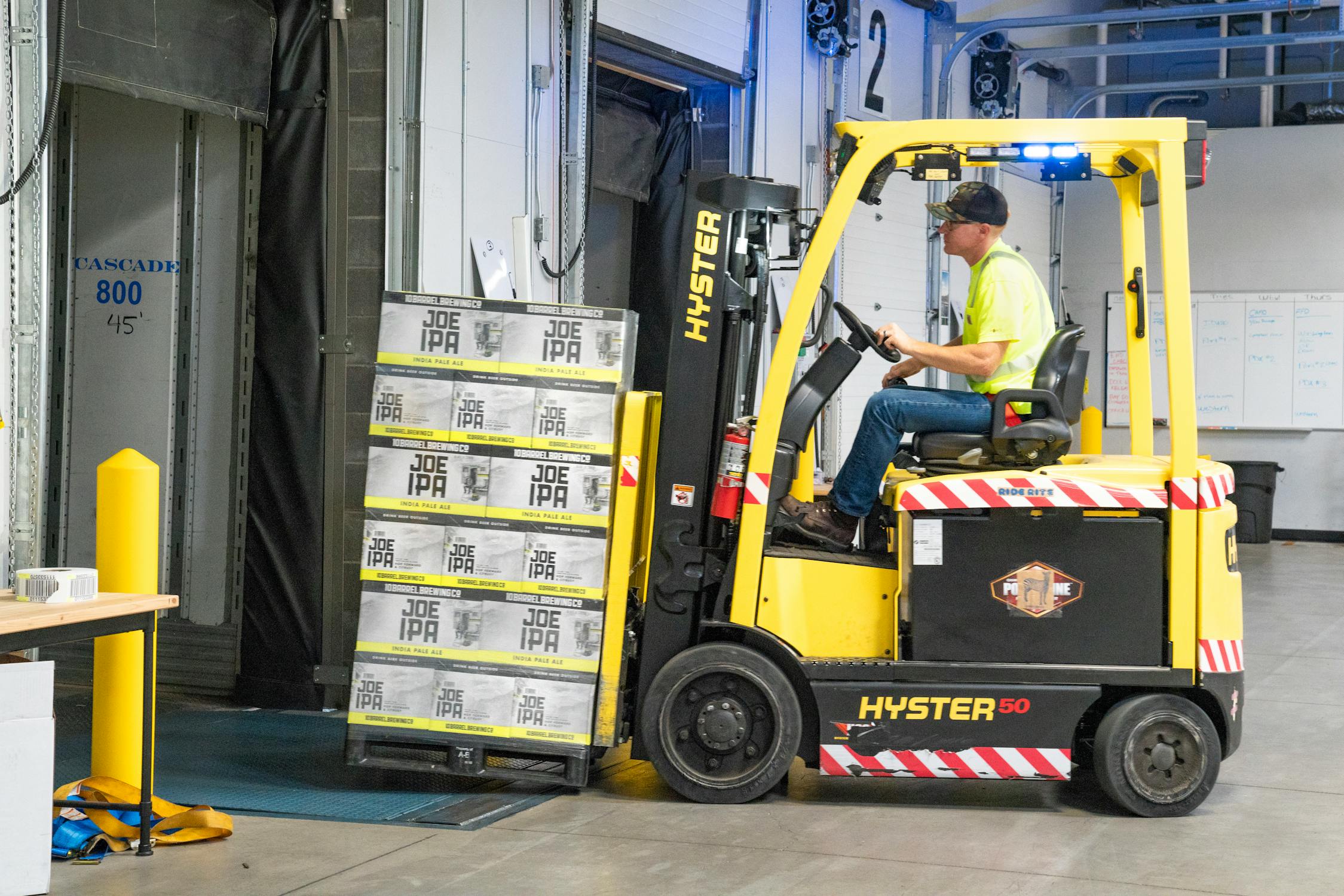Smart Warehouse Inventory Solutions: Optimize Your Stock Management
Smart warehouse inventory solutions are transforming how businesses manage stock. With increasing demand for efficiency and accuracy in supply chain operations, these solutions streamline inventory management while reducing errors and maximizing profitability. As companies grow, traditional inventory tracking methods can become cumbersome and error-prone, making advanced systems essential.

Smart inventory solutions leverage technology to ensure businesses always have the right stock at the right time.
Understanding Smart Warehouse Inventory Solutions
Smart warehouse inventory solutions use advanced technologies such as IoT (Internet of Things), artificial intelligence (AI), and data analytics to optimize stock management. These systems go beyond basic tracking by incorporating automation and real-time data processing to enhance efficiency. Unlike traditional methods that rely on manual inputs, smart solutions integrate RFID tags, barcode scanners, and automated storage systems to reduce human intervention.
Cloud-based platforms play a crucial role in these solutions. Cloud technology allows businesses to access inventory data from anywhere, enabling real-time updates and better scalability. A retail company can adjust stock levels instantly based on online sales performance without waiting for end-of-day reports. This flexibility is vital for responding quickly to customer demands.
Predictive analytics is another key component. By analyzing past trends and market conditions, smart systems forecast demand with high accuracy. This helps prevent overstocking or understocking, common challenges in inventory management. During seasonal sales spikes, predictive analytics ensure warehouses are stocked appropriately without excess inventory tying up resources.
The integration of robotics further enhances efficiency. Automated guided vehicles (AGVs) and robotic arms handle repetitive tasks like picking and sorting items, allowing human workers to focus on more complex responsibilities. Automation speeds up operations and reduces errors caused by manual handling.
Benefits of Implementing Smart Inventory Solutions
One of the primary benefits of smart warehouse inventory solutions is improved accuracy. By eliminating manual processes prone to errors, businesses achieve higher precision in stock tracking and order fulfillment. This leads to better customer satisfaction as orders are processed correctly and on time.
Cost reduction is another major advantage. While implementing these systems requires an initial investment, long-term savings are substantial. Automation lowers labor costs by reducing manual work while optimizing storage space through efficient stock organization. Predictive analytics help businesses avoid costs associated with overstocking or stockouts.
Efficiency gains are also significant. With real-time data access, managers can make faster decisions about inventory allocation and replenishment. If one location experiences higher demand while another sees slower sales, smart systems redistribute stock accordingly to prevent shortages or surpluses.
Smart warehousing also promotes environmental sustainability. Optimized inventory management reduces waste by ensuring products are used before expiration or obsolescence. Efficient logistics planning minimizes fuel consumption during transportation, lowering carbon emissions.
- Enhanced operational efficiency through automation
- Greater accuracy with real-time tracking
- Cost savings from reduced labor and storage expenses
- Sustainability through minimized waste and optimized logistics
Technological Innovations Driving Smart Warehousing
Advancements in technology have been crucial in shaping modern warehouse solutions. One such innovation is IoT-enabled devices that enable seamless communication within a warehouse. IoT sensors attached to pallets monitor environmental conditions like temperature and humidity, ensuring sensitive goods such as pharmaceuticals remain safe.
AI-powered algorithms are another game-changer in smart warehousing. These algorithms analyze large datasets to identify patterns and optimize decision-making processes. AI can determine the most efficient routes for AGVs or suggest optimal storage arrangements based on product dimensions and turnover rates.
The adoption of blockchain technology is also influencing inventory management practices. Blockchain provides an immutable ledger for tracking goods from production to delivery, enhancing transparency and traceability across supply chains.
| Technology | Functionality |
|---|---|
| IoT Sensors | Monitor environmental conditions; track item location |
| AI Algorithms | Analyze data for demand forecasting; optimize operations |
| Blockchain | Enhance supply chain transparency; ensure traceability |
| Robotics | Automate picking; assist in sorting tasks |
Challenges and Considerations When Adopting Smart Solutions
Despite their advantages, implementing smart warehouse inventory solutions presents challenges that businesses must address effectively. One significant hurdle is the high initial cost of acquiring advanced equipment and software licenses. Companies must assess whether these investments align with their long-term goals before proceeding.
The complexity of integrating new technologies into existing workflows is another challenge. Employees may require training to operate these systems efficiently while minimizing disruption during the transition phase.
Data security is also a critical concern. Digital systems are vulnerable to cyberattacks if not properly protected. Businesses must invest in robust cybersecurity measures such as firewalls and encryption protocols to safeguard sensitive information from unauthorized access.
A lack of standardization across industries further complicates adoption efforts since different sectors have unique requirements for implementation. Businesses must tailor smart inventory solutions to meet their specific operational needs while ensuring they align with industry best practices.
Smart warehouse inventory solutions have the potential to revolutionize supply chain management by combining efficiency with cutting-edge technology. As businesses continue adopting these innovations, they will benefit from increased accuracy, cost savings, and improved operational performance, ensuring they remain competitive in an evolving marketplace.
